Mastering Search Engine Optimization can seem complex, but you don’t need in-depth knowledge to make a significant difference. Even the most basic understanding will give your website more exposure than ever.
Fortunately, countless educational resources are available online, and this guide on “SEO for beginners” is just one of them!
To get the most out of this guide, you must have an avid appetite to learn search engine optimization (SEO) and a strong enthusiasm for carrying out and testing concepts.
We created this guide to walk you through all the essential elements that come with SEO – from finding keywords that can help you generate authentic website traffic, ensuring your site’s search engine compatibility, establishing links, and promoting the special value of your page.
1. What is SEO — Search Engine Optimization?
SEO stands for search engine optimization, which means making your website appear higher on the search results list so more people can find it.
The primary aim of SEO is to improve a website’s ranking in search engine results pages (SERPs), thus increasing visibility, credibility, and organic traffic. Search engine optimization can also help websites target specific keywords and phrases relevant to their business, products, or services.
2. How SEO Works
Search engine optimization may seem like a daunting and ever-evolving process. Still, it’s simply a matter of recognizing how search engines function and modifying your website to improve its visibility in searches.
In this section, we will explore the three primary components that constitute SEO:
Spiders and Crawling
Search engines use spiders or crawlers – automated programs that scan and catalog website content. These spiders crawl the web, following links from one page to another and gathering information about each page they visit.

The information collected is used to create an index of the web.
Mobile Indexing
As the number of people using the internet from their phones continues to rise, search engines have adjusted their ranking algorithms to favor mobile-friendly sites.
In the age of mobile-friendly webpages, desktop and smartphone users must have a pleasant experience navigating your website.
Responsive design ensures your site is indexed in organic search results so you can acquire more visitors. Don’t miss out on valuable traffic – optimize for both desktops and smartphones!
Ordering and Ranking of Search Results
After a website has been indexed, the search engine evaluates the site’s usefulness and relevance to users — this is where ranking factors come into play.
Search engines evaluate a website’s content, structure, links, etc., using sophisticated search engine algorithms to rank the site accordingly. They then give higher search rankings to websites they deem more relevant and helpful.
3. Why is SEO Important?
Website search engine optimization is becoming increasingly vital in today’s digital age when most firms maintain an online presence. Key reasons why this is so crucial include the following:
Increased Website Traffic:
Search engine optimization can significantly improve your website’s visibility in SERPs, resulting in a higher number of clicks and more organic search traffic. Recent studies have revealed that over 90% of users only click on websites on the first page of search results; conversely, just 6% visit sites on the second page or beyond.
Improved User Experience:
Enhancing your website’s SEO means making it more navigable and user-friendly for human visitors. This simple yet effective method will boost the chances of search engines locating and ranking your site higher in their results.
Increased Return on Investment (ROI):
SEO’s long-term effects on search rankings can boost a company’s return on investment for years. In comparison, paid advertising often necessitates continuous investment to sustain traffic and lead generation.
With SEO, you may enjoy the results of enhanced search exposure and traffic even after the initial optimization work has been completed. This gives a better return on your investment and creates a more reliable and sustainable stream of visitors and potential customers.
Increased Brand Credibility and Awareness:
Your brand’s visibility and reputation with your demographic will improve if it appears higher in SERPs. Consumers are likelier to visit and become loyal to brands that rank higher in search engine results pages.
Competitive Advantage:
SEO helps your company stand out by raising its position in search engine results pages. Higher rankings is associated with increased brand awareness, which in turn enhances conversion rates and income.
Ensure your website and content are optimized for the appropriate keywords to attract customers actively seeking your products or services.
4. SEO Vs. SEM Vs. PPC
SEO may be a crucial element of digital marketing, yet other tactics must be considered. Popular alternatives include SEM (Search Engine Marketing) and PPC (Pay-Per-Click) campaigns that amplify your online visibility.
Search engine marketing is a form of digital marketing that uses paid ads to appear higher in SERPs, including paid search ads, display ads, and remarketing ads. SEM can be a more effective content marketing strategy for businesses looking for immediate results with a budget to invest in paid advertising.
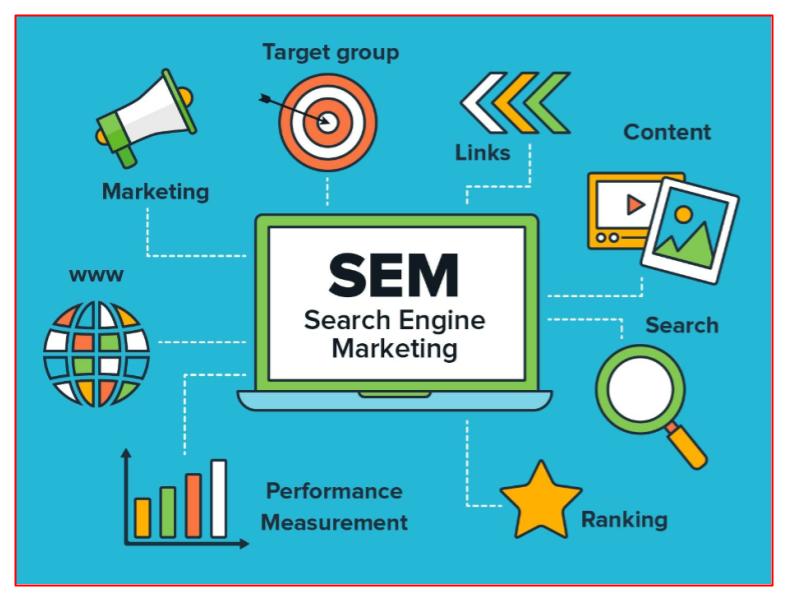
Pay-Per-Click (PPC) is a type of paid advertising that charges you for each click on your ad. This includes search ads, display ads, and social media promotions. If your budget allows it, investing in PPC can efficiently bring targeted prospects directly to your website!
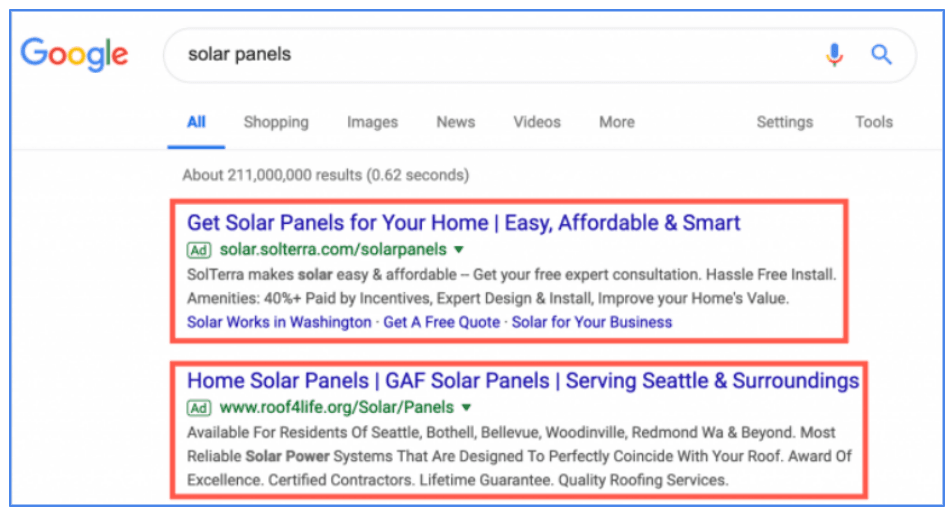
Differences between SEM and PPC:
- SEM includes paid and organic results, while PPC only includes paid search results.
- With SEM, you pay for ad impressions, while with PPC, you pay for clicks.
- SEM can take longer to see results, while PPC yields more immediate results.
In a nutshell, SEM is an effective strategy for businesses with a limited budget, while PPC can be more effective for businesses with a larger budget.
5. Local SEO Vs. National SEO Vs. International SEO
Knowing who you’re trying to reach and where you do business are essential for a successful SEO campaign. Here are the three types of SEO to consider:
1. Local SEO
Local SEO focuses on optimizing your website and online presence to appear in organic search results for local searches. This includes queries like “coffee shops near me” that specify a physical place.
Businesses such as restaurants, retailers, and service providers who rely on local clients should prioritize local SEO.
2. National SEO
As the name implies, national SEO focuses on improving your website’s visibility in response to user searches nationwide. It includes searches unrelated to a specific geographic location, such as “best pizza delivery.”
Businesses with a national footprint and an interest in expanding their customer base should prioritize national SEO.
3. International SEO
International SEO is the practice of enhancing a website’s visibility in international rankings. It includes searches not tied to a specific language or country, such as “best travel destinations.”
Companies with international operations or a focus on global expansion would do well to invest in international SEO.
It’s worth noting that each type of SEO employs different techniques and tactics. For example, local SEO may include optimizing your Google My Business listing, while international SEO may involve translating your website content into multiple languages.
Companies that care about their organic search traffic and online presence should understand the differences between SEO tactics aimed at a local, national, and worldwide audience.
6. SEO Basics
Now that you understand the significance of SEO and how it works, let’s explore the practical tactics needed to execute an effective strategy, including link building strategies and keyword relevance. You’ll find comprehensive yet simple guidance on optimizing your website or profile for increased visibility in search engine results pages.
1. Keyword Research
Keyword research is a crucial component of any successful SEO strategy. It is the process of determining search intent and the terms people enter into search engines like Google while looking for the goods and services you offer.
You can boost your traffic, leads, and sales by learning and using these SEO phrases.
Finding Keyword Ideas:
It’s not easy to think of new, relevant keyword combinations, but there are various paths you can take to find new options. First, consider what terms your ideal client may use to search for a company like yours.
It’s also a good idea to examine your competitors’ websites and search terms to see if there are any keywords you’ve overlooked.
Another method is to use keyword research tools like Google Keyword Planner, Ahrefs, SEMrush, and Moz. You may use these to research potential new keywords, determine how popular they are, how much competition there is, and how difficult it is to rank for specific terms.
Analyzing Keywords:
After compiling a list of possible keywords, evaluate each for its relevance and potential impact on your search rankings.
When deciding which keywords to target, you should consider key indicators such as search volume, competition level, and complexity. Utilize the helpful tools mentioned above to assist with this analysis for optimal success.
How to Target Keywords:
When you optimize your website and content for specific keywords, you are “targeting” those keywords. This includes optimizing your website’s meta tag and title tag, creating high quality content and landing pages that include the target keywords, and building high quality backlinks.
Prioritizing Keywords:
Not all keywords are created equal — some will have more search volume, competition, and potential impact on your search engine rankings than others. Therefore, prioritize your target keywords according to relevance and potential impact.
And remember to also prioritize your efforts based on the number of searches, level of competition, and overall difficulty of each phrase you find using SEO tools.
Keyword Research Tools:
You can research keywords using various tools, such as Google Keyword Planner, Ahrefs, SEMrush, and Moz.
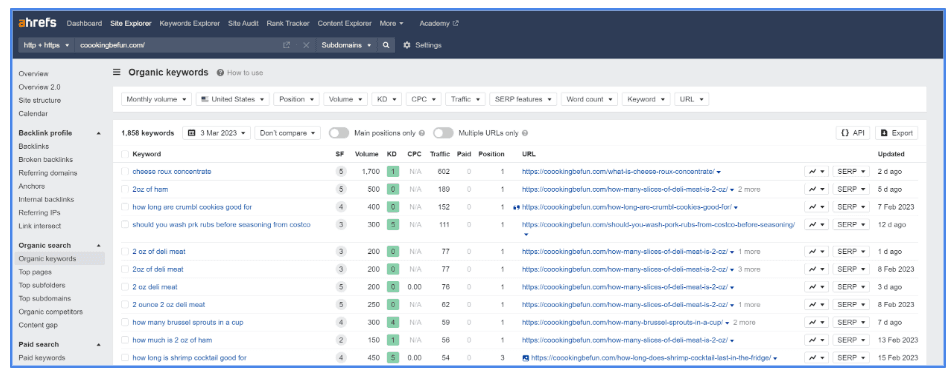
Use them to research potential new keywords and determine their search volume, competition, and difficulty. They can also help monitor your rankings for each keyword on Google analytics.
You can use multiple keyword research tools to get the whole picture of the keyword options available to you and how they affect your website rankings.
2. On-Site SEO
Effective on page SEO is crucial to improve the visibility of your website on SERPs and organic search traffic. It helps you create content that ranks high on Google and other search engines. Here are the different aspects of on page optimization that you need to focus on to improve your website’s google search rankings:
Content Optimization:
The success of your website in search engine results pages hinges mainly on the quality of the material you’ve created for it. This means content optimization should involve creating relevant, high quality, engaging material for your target keywords.
This involves conducting thorough keyword research, identifying high-value target keywords, and creating content designed to rank well on search engine results pages.
Publishing New Content Regularly:
Maintaining your website’s relevance and engagement with your target audience requires consistently publishing new, relevant material.
Work on Improving User Experience (UX):
User experience (UX) optimization is making changes to a website’s navigation, layout, and design to provide visitors with a satisfying and productive experience.
This involves optimizing your website’s loading speed, making it mobile-friendly, and editing the content to make it more readable and interesting.
3. Off-Page SEO And Link Building
Link building involves acquiring backlinks from other websites to your site. The greater the quantity and quality of relevant backlinks pointing to your site, the more reputable it will be and the higher it will rank in search engine results. Monitoring link building activities is therefore crucial for understanding overall SEO success.
Here are some off page factors to keep in mind:
Observe the E-E-A-T Google Rule: It’s crucial to remember the E-E-A-T (Experience, Expertise, Authoritativeness, and Trustworthiness) Google rule when engaging in link building. According to Google, the E-E-A-T Rule reinforces that websites with elevated expertise, authority, and trustworthiness are preferred in their specific niches.
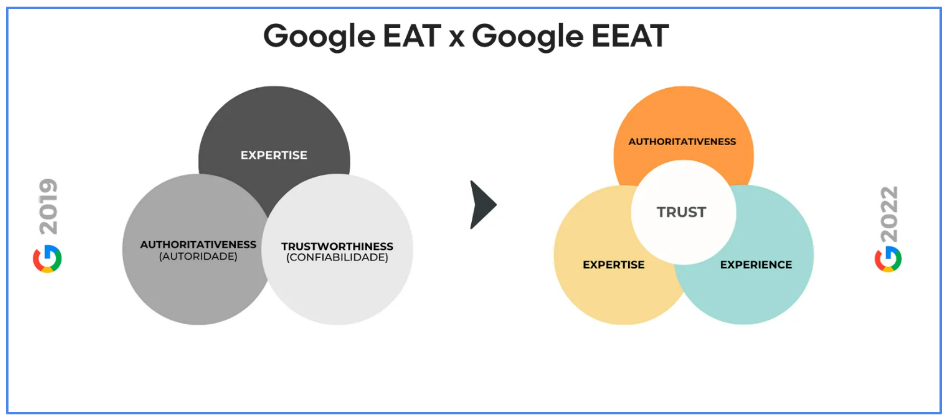
- Experience – The content creator must have real-world or first-hand experience with the written subject matter. For instance, if someone writes and publishes an article on health, they should have some medical background.
- Expertise – It would be best to ensure that the websites linking to your site are knowledgeable and have expertise in your industry. It’s crucial to partner with authoritative sites that consistently produce engaging material that reflects well on your company.
- Authoritativeness – Authoritative websites are often considered reliable sources of information. Links from authoritative sources help establish trust with your target audience and boost conversions.
Trustworthiness – It’s essential to ensure your site is trustworthy and secure. Trustworthy websites include all the standard features, such as an SSL certificate, a privacy policy, terms and conditions, and an actual location. Ensuring your site is secure and trustworthy can increase the chances of acquiring backlinks from reputable sites.
Overall, link building is an essential part of SEO that requires time and effort. For optimal results, it’s important to prioritize quality over quantity while building your backlink profile.
4. Social Media Sharing
Social media is no longer just an excellent option for SEO – it’s an absolute necessity. Social media sharing can increase your website’s visibility and engagement while driving organic search traffic to new heights. It’s one of the smartest strategies out there!
By sharing your work on social media, you can start building a web of backlinks, which should signal search engines that your content is valuable and deserves to be near the top of their results page. This way, you’ll maximize your chances of being seen by potential customers and partners!
Here are some suggestions for optimizing social media sharing for search engine results:
- Choose the Right Social Media Platforms:
Determining your business’s best social media platform requires thoughtful consideration of its specific audience, content type, and objectives. Each platform offers unique strengths and weaknesses, so choosing wisely is essential to maximize success.
For instance, LinkedIn is a better platform for B2B content, whereas Instagram is ideal for visual content.
- Optimize Your Social Media Profiles:
When someone visits your social media account, they will first see your profile. You should, therefore, improve your profile by including relevant keywords, a descriptive bio, and a clickable link to your website. This makes it easier for people to find your website and learn more about your business.
- Share Your Content Regularly:
Your social media marketing efforts will not be successful if you post your material once and then forget about it.
You must publish your material regularly and consistently to expand your audience and keep your name in people’s minds. However, refrain from spamming your followers with the same content repeatedly.
Instead, create different versions of the same content and share it at different times.
- Encourage Social Sharing:
Asking for shares is an excellent approach to increasing your social media backlinks and online reach. Add sharing buttons to your site, include a call to action in your material, or launch a social media campaign to get people talking about your writing.
- Monitor Your Social Media Metrics:
If you want to know how well your material is doing on social media and how you can improve it, check the stats behind it regularly.
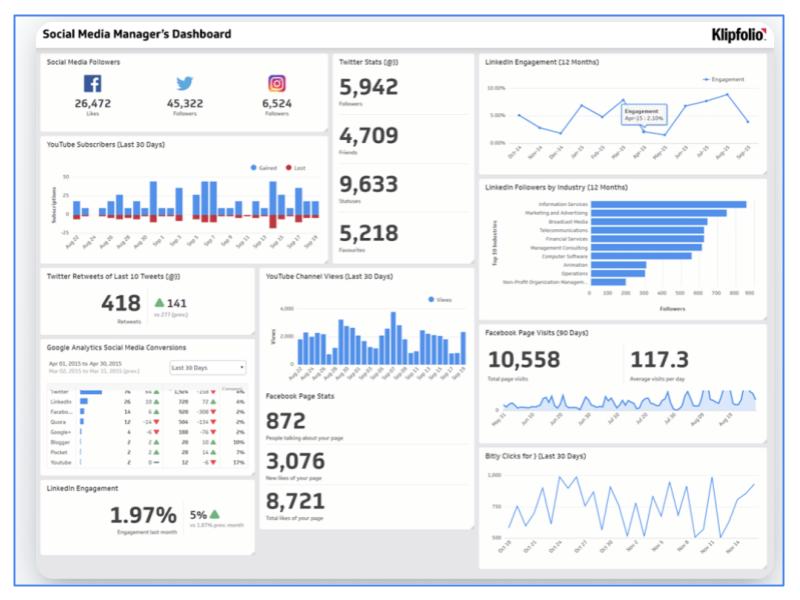
Determine what is successful and what needs more work by analyzing data like reach, engagement, shares, and click-through rates.


